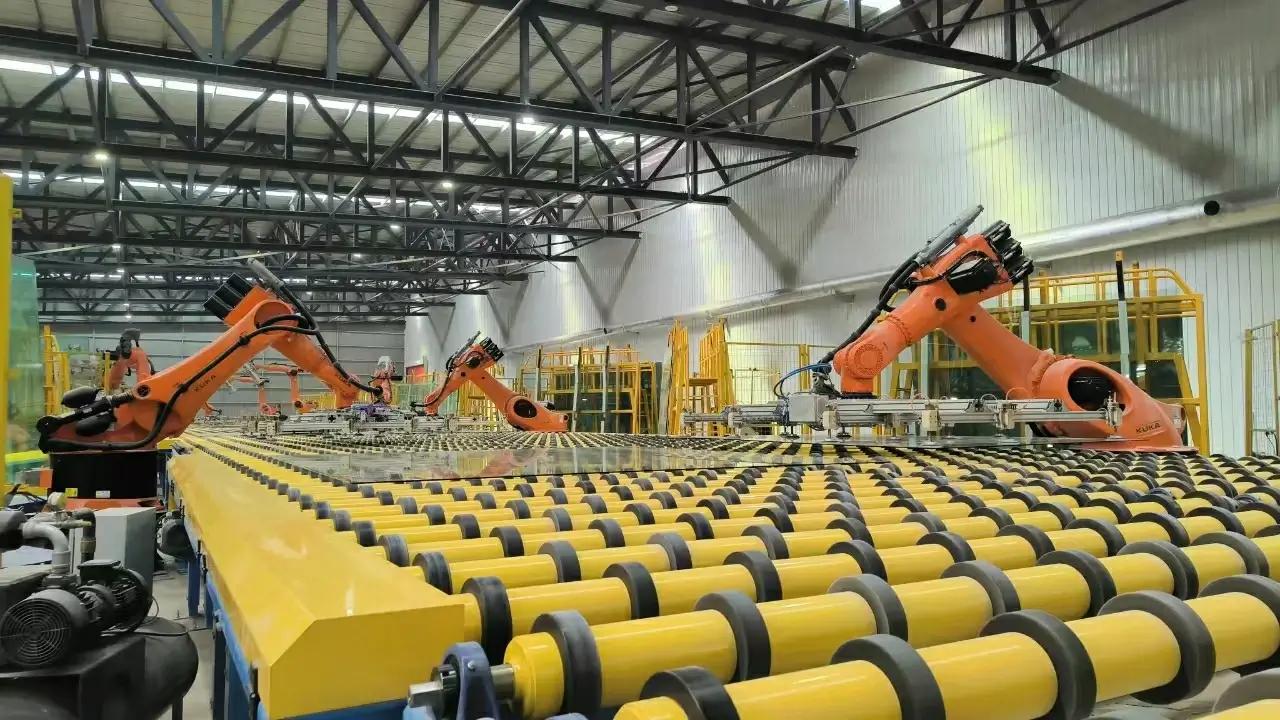

Understanding Argon-Filled Low-E Glass A Clear Choice for Energy Efficiency
In an age where environmental consciousness and energy efficiency are paramount, the building and construction industries are constantly seeking innovative solutions that meet both aesthetic and functional needs. One such advancement is the use of argon-filled low-emissivity (low-E) glass in windows, which has gained significant traction for both residential and commercial applications. This article explores the benefits and features of this remarkable product, shedding light on why it’s a preferred choice for energy-efficient designs.
What is Low-E Glass?
Low-E glass is a type of energy-efficient glass that has a thin metallic coating applied to one or more surfaces. This special coating reflects heat, keeping interiors warm in the winter and cool in the summer. By doing so, low-E glass helps to reduce reliance on heating and cooling systems, ultimately leading to lower energy bills and a reduced carbon footprint.
The Role of Argon Gas
Argon is a colorless, non-toxic gas that is denser than air. When used in double or triple-paned windows, layers of argon gas are sealed between the panes of glass. This setup creates an additional barrier to heat transfer, helping minimize heat loss in colder months and heat gain during warmer months. The combination of low-E coatings and argon-filled spaces results in a product that significantly enhances thermal insulation.
Energy Efficiency and Performance
The performance of low-E glass can be quantified through its U-value and Solar Heat Gain Coefficient (SHGC). The U-value measures the rate of heat transfer—the lower the U-value, the better the insulating properties. Similarly, the SHGC measures how much solar heat passes through the window. Argon-filled low-E glass typically offers superior performance in both categories, making it an excellent choice for energy-conscious homeowners and developers.

Benefits of Argon-Filled Low-E Glass
1. Improved Insulation The combination of low-E coatings and argon gas creates an effective thermal barrier, reducing energy loss through windows. This leads to a more stable indoor temperature and enhanced comfort.
2. Reduced Energy Costs By improving insulation and reducing the need for heating and cooling, homeowners can see a significant decrease in their energy bills. This translates into long-term savings that offset the initial investment in energy-efficient windows.
3. UV Protection Low-E glass also filters out a significant portion of harmful ultraviolet (UV) rays. This protects furniture, flooring, and artwork from fading over time, making it an ideal choice for homes with ample natural light.
4. Condensation Reduction Windows made with argon-filled low-E glass have a lower likelihood of condensation forming on their surfaces, reducing the risk of mold and mildew growth, which can pose health risks.
5. Environmental Benefits With decreased energy consumption comes a smaller carbon footprint. Using energy-efficient windows contributes to the broader goal of environmental sustainability by reducing greenhouse gas emissions.
Conclusion
In conclusion, argon-filled low-E glass represents a fusion of technology and sustainability. Its ability to improve energy efficiency, enhance comfort, and protect interiors from UV damage makes it a valuable investment in any building project. As awareness of environmental issues continues to grow, products like argon-filled low-E glass will play an essential role in transforming our approach to construction and energy use. Whether you are building a new home or renovating an existing space, choosing argon-filled low-E glass windows is a decision that will yield benefits for both your wallet and the environment for years to come.